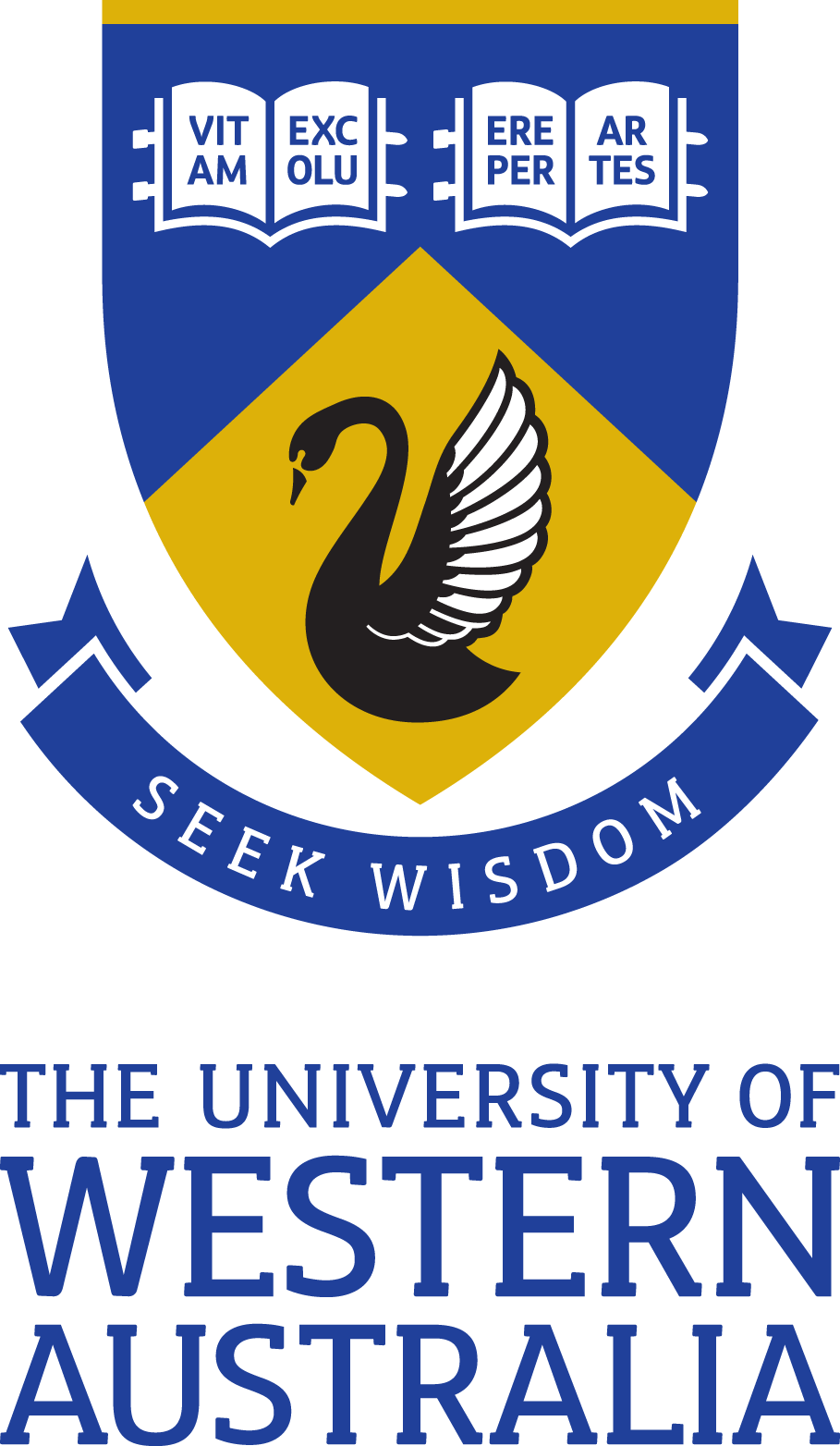Full description
Males are known to adjust their expenditure on testes growth and sperm production in response to sperm competition risk. Genital morphology can also contribute to competitive fertilisation success but whether male genital morphology can respond plastically to the sperm competition environment has received little attention. Here, we exposed male house mice to two different sperm competition environments during their sexual development and quantified phenotypic plasticity in baculum morphology. The sperm competition environment generated plasticity in body growth. Males maturing under sperm competition risk were larger and heavier than males maturing under no sperm competition risk. We used a landmark-based geometric morphometric approach to measure baculum size and shape. Independent of variation in body size, males maintained under risk of sperm competition had a relatively thicker and more distally extended baculum bulb compared with males maintained under no sperm competition risk. Plasticity in baculum shape paralleled evolutionary responses to selection from sperm competition reported in previous studies of house mice. Our findings provide experimental evidence of socially mediated phenotypic plasticity in male genitalia.,Baculum_Landmarks_dataTPS file with baculum raw landmarks for each specimen. Specimen numbers/ID can be matched with ID at the morphological data excel spreadsheet (Morphological_Data)Femur_Landmarks_dataTPS file with right hind femur raw landmarks for each specimen. Specimen numbers/ID can be matched with ID at the morphological data excel spreadsheet (Morphological_Data)Baculum_Reliability_dataTPS file with baculum raw landmarks of a subset of the individuals. For the same individual, we have two sets of landmarks. Used to assess the repeatability of landmark placement. Specimen numbers/ID can be matched with ID at the morphological data excel spreadsheetFemur_Reliability_dataTPS file with right hind femur raw landmarks of a subset of the individuals. For the same individual, we have two sets of landmarks. Used to assess the repeatability of landmark placement. Specimen numbers/ID can be matched with ID at the morphological data excel spreadsheetMorphological_DataExcel spreadsheet containing the morphological data plus the identifiers of each individual,Notes
Associated PersonsGonçalo Igreja André (Creator)
Issued: 2018-06-20
Spatial Coverage And Location
text: Australia
Subjects
Competitive Growth |
Genital Morphology |
Mus musculus domesticus |
Phenotypic Plasticity |
sperm competition |
User Contributed Tags
Login to tag this record with meaningful keywords to make it easier to discover
Identifiers
- DOI : 10.5061/DRYAD.57V6627

- global : 24fc3c7e-5e57-4a6f-84a6-5137a67dd0a3


